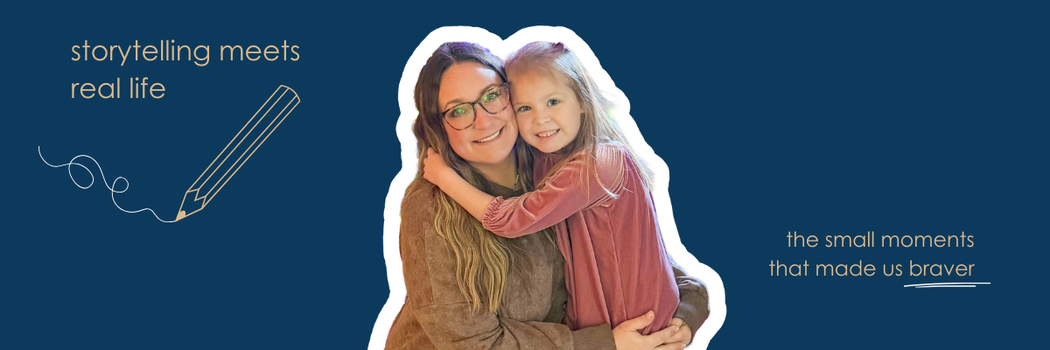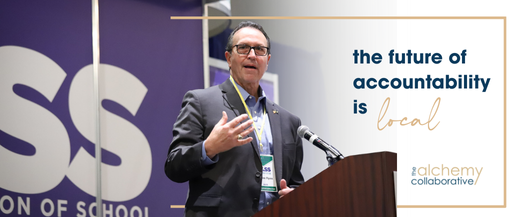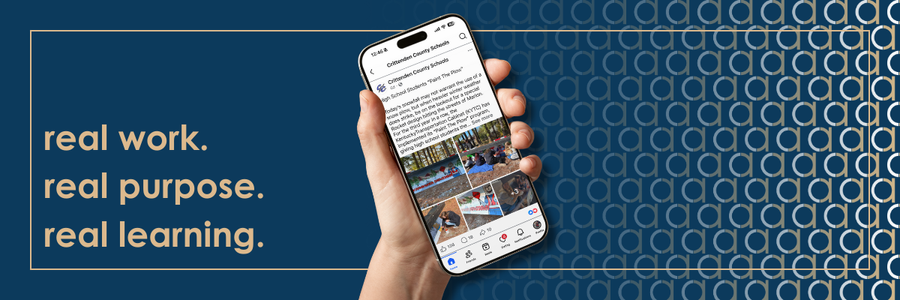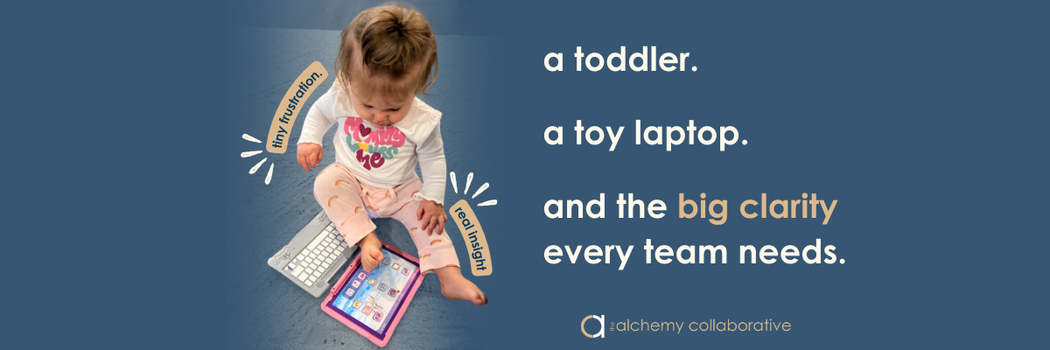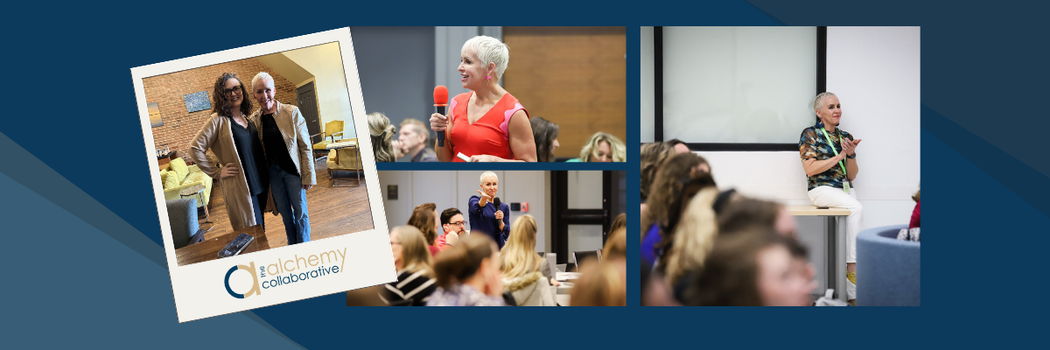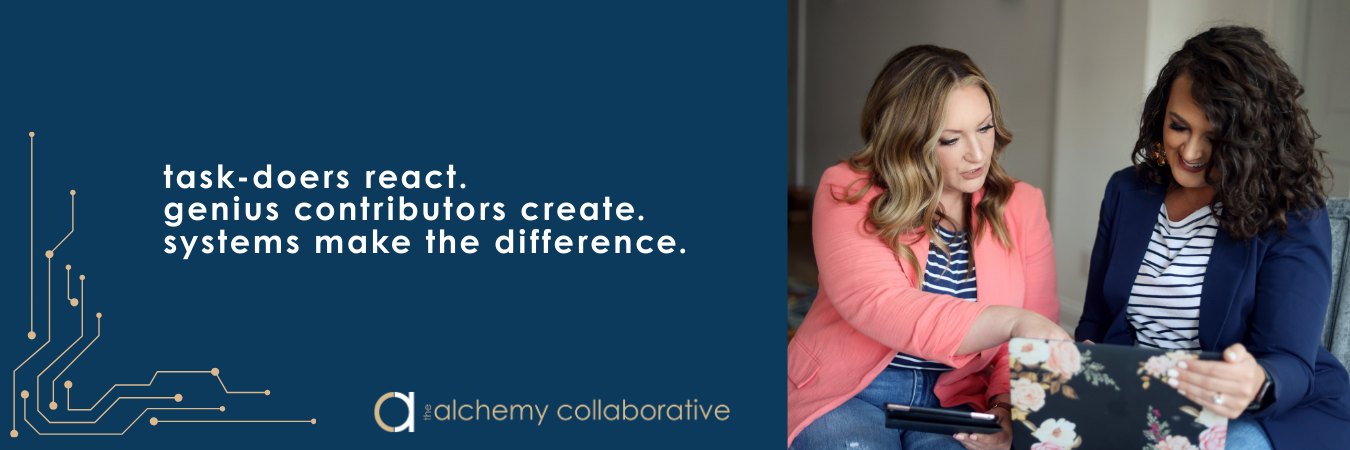When Karri, one of our team members, joined her music students on a zoo field trip, she expected a fun day outside the classroom. What struck her most, though, was the sound of curiosity.
Students pointed, wondered, compared, and questioned everything they saw. From the stretch of a giraffe’s neck to the rhythm of the elephants’ slow steps, every moment sparked new observations.
Their questions tumbled out: Why does it eat that? How tall is it? Did you see the way it moved?
For Karri, and for us listening to her story, it was a reminder: this is what learning looks like when it’s alive. Not scripted. Not confined to a worksheet. Just genuine wonder leading the way.
the power of transformational learning
Moments like this show us what researchers and educators often call transformational learning. It’s learning that shifts from passive to active, from memorization to meaning. It’s learning that prepares students not only for tests but for life.
The Transformations framework by our friends at elevatED studios captures this shift in four ways:
- personal: students bring their experiences and interests into the process.
- learner-led: curiosity and questions drive the journey.
- real-world: content connects directly to life outside the classroom.
- collaborative: students build understanding together, not in isolation.
At the zoo, those shifts weren’t theoretical. They were happening all around Karri’s students.
why curiosity matters
It’s tempting to think curiosity is an “extra." Something that is nice to have when there’s time after standards, tests, and schedules. But curiosity is foundational. The Learning Policy Institute notes that inquiry-based, hands-on learning leads to stronger long-term retention and deeper critical thinking skills.
When students follow their curiosity, they deepen their learning in ways that last. They practice problem solving, creativity, and adaptability which are the durable skills that employers, communities, and families depend on.
from content to connection
Karri noticed how students made their own connections. One child compared the elephant’s size to a story their grandparent had told. Another wondered about how animals adapt to survive, sparking thoughts about resilience in their own life.
This is the difference between memorization and transformation. Students weren’t just receiving information. They were interpreting it, linking it, and making it personal. They were proving that when learning is rooted in connection, it becomes unforgettable.
collaboration in action
And it wasn’t quiet. Students huddled, pointed, and debated. They corrected each other. They laughed and sometimes argued. And in that noise, collaboration was happening.
Research from EL Education and High Tech High shows that when students learn collaboratively, they not only grasp content more deeply but also develop essential interpersonal skills. At the zoo, collaboration looked like a group of kids leaning on each other’s observations to build a fuller picture of the world around them.
Schools don’t have to wait for a field trip to create these spaces. They can happen in classrooms through project-based learning, peer critique, or group problem-solving.
ownership changes everything
Perhaps the most striking part of the day was that the learning felt student-owned. There were no predetermined worksheets, no fill-in-the-blank questions. The students decided what mattered. They asked their own questions. They followed their own threads.
That sense of ownership builds independence and confidence. It mirrors the way adults work in the real world: scientists generate hypotheses, engineers test solutions, leaders ask questions no one else is asking. When students own their learning, they begin to see themselves in those roles.
what this means for schools
Whether you lead a public district, a private school, or a rural campus, the lesson is the same: curiosity transforms. And cultivating curiosity isn’t about budgets or system labels. It’s about choices.
Choices like:
- making room for student questions, not just teacher answers.
- connecting lessons to the real world, so students see why it matters.
- valuing collaboration, not just individual performance.
These aren’t small shifts. They’re culture shifts. And they’re the shifts that help students leave school ready to thrive in whatever comes next.
our reflection
Listening to Karri’s story, we were reminded why we do this work at alchemy. We believe schools deserve communication systems, culture supports, and creative tools that help curiosity thrive.
Because when curiosity takes the lead, transformation follows.
And that’s not a public school goal or a private school goal. That’s a human one.

